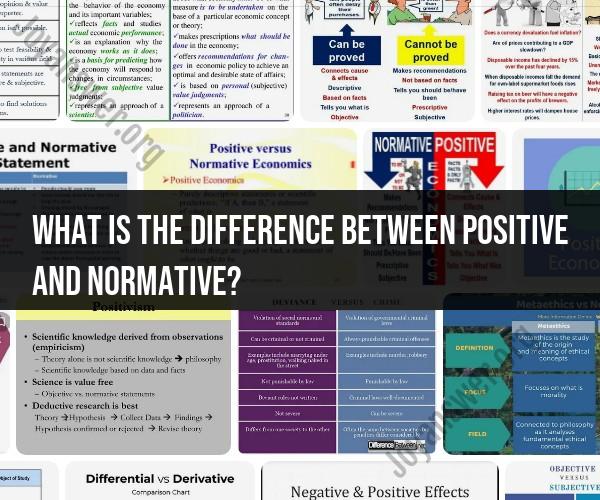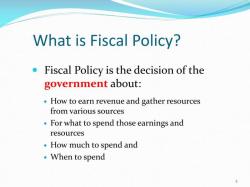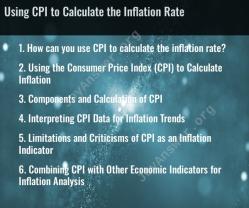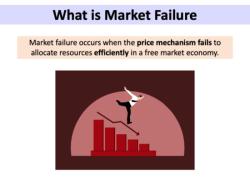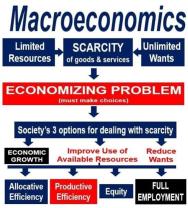What is the difference between positive and normative?
The primary difference between positive and normative statements lies in their nature, purpose, and the way they approach economic analysis:
Positive Statements:
- Nature: Positive statements are objective and factual. They are based on observable data, evidence, and empirical analysis. These statements seek to describe and explain economic phenomena as they are, without introducing personal opinions or value judgments.
- Purpose: The purpose of positive statements is to provide a neutral, scientific understanding of economic events, trends, and relationships. They aim to answer questions about "what is" and focus on the empirical study of economic realities.
- Verifiability: Positive statements can be verified or disproven through empirical research and evidence. They are subject to testing and revision based on new data.
- Examples:
- "The unemployment rate in the country is currently 5.2%."
- "An increase in the supply of a good leads to a decrease in its price, all else being equal."
Normative Statements:
- Nature: Normative statements are subjective and value-based. They express opinions, recommendations, or judgments about what should or ought to be done in the realm of economics. These statements often reflect personal or societal values and preferences.
- Purpose: The purpose of normative statements is to make value judgments or offer prescriptions for economic policies or actions. They address questions about "what should be" or "what is desirable."
- Verifiability: Normative statements cannot be verified or disproven through empirical research alone because they are based on subjective opinions and values. They are not subject to empirical testing.
- Examples:
- "The government should increase spending on healthcare to ensure equal access for all citizens."
- "Taxing the wealthy at a higher rate is a fair and just policy."
In summary, positive statements focus on objective, data-driven analysis of economic phenomena, while normative statements involve subjective opinions and value judgments regarding what should be done in the economic domain. Positive statements deal with facts and observations, while normative statements deal with preferences, ethics, and policy recommendations. It's essential to recognize the distinction between the two when engaging in economic discussions and analyses.
